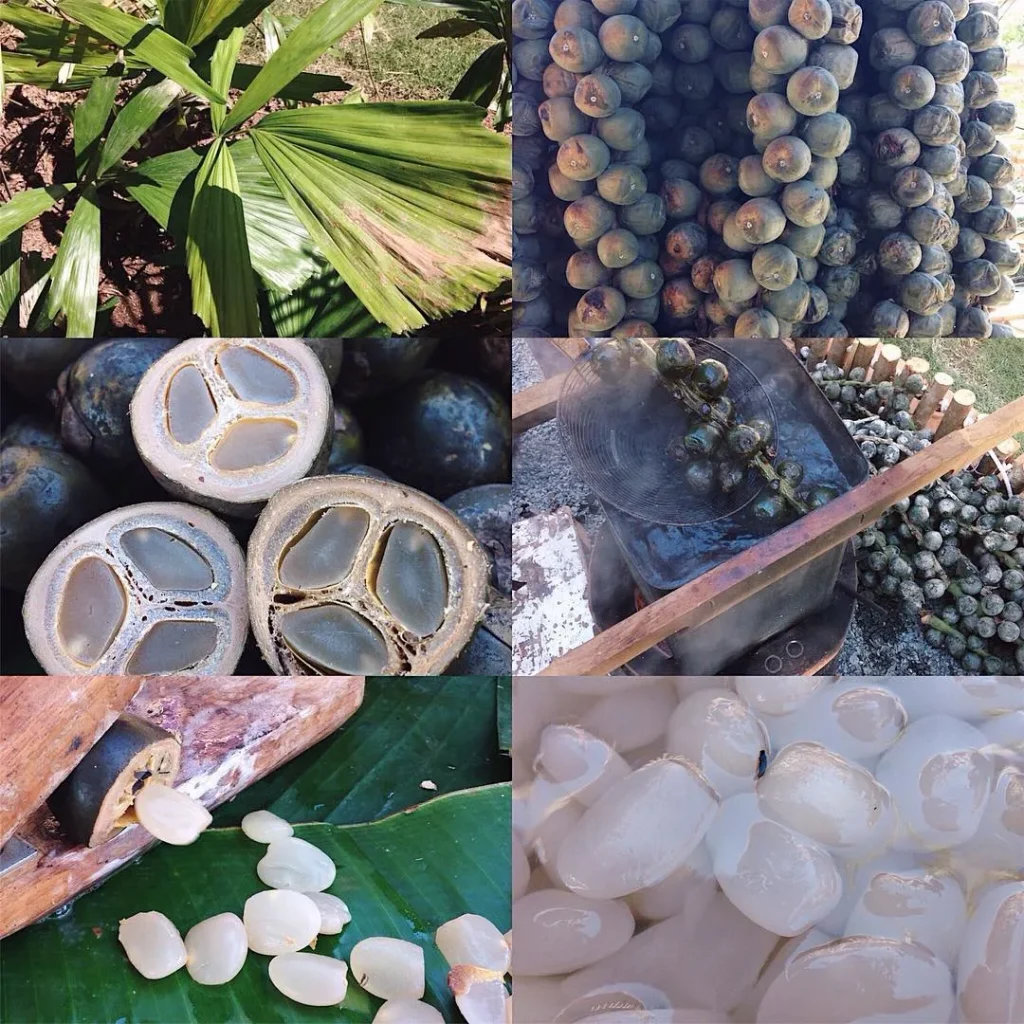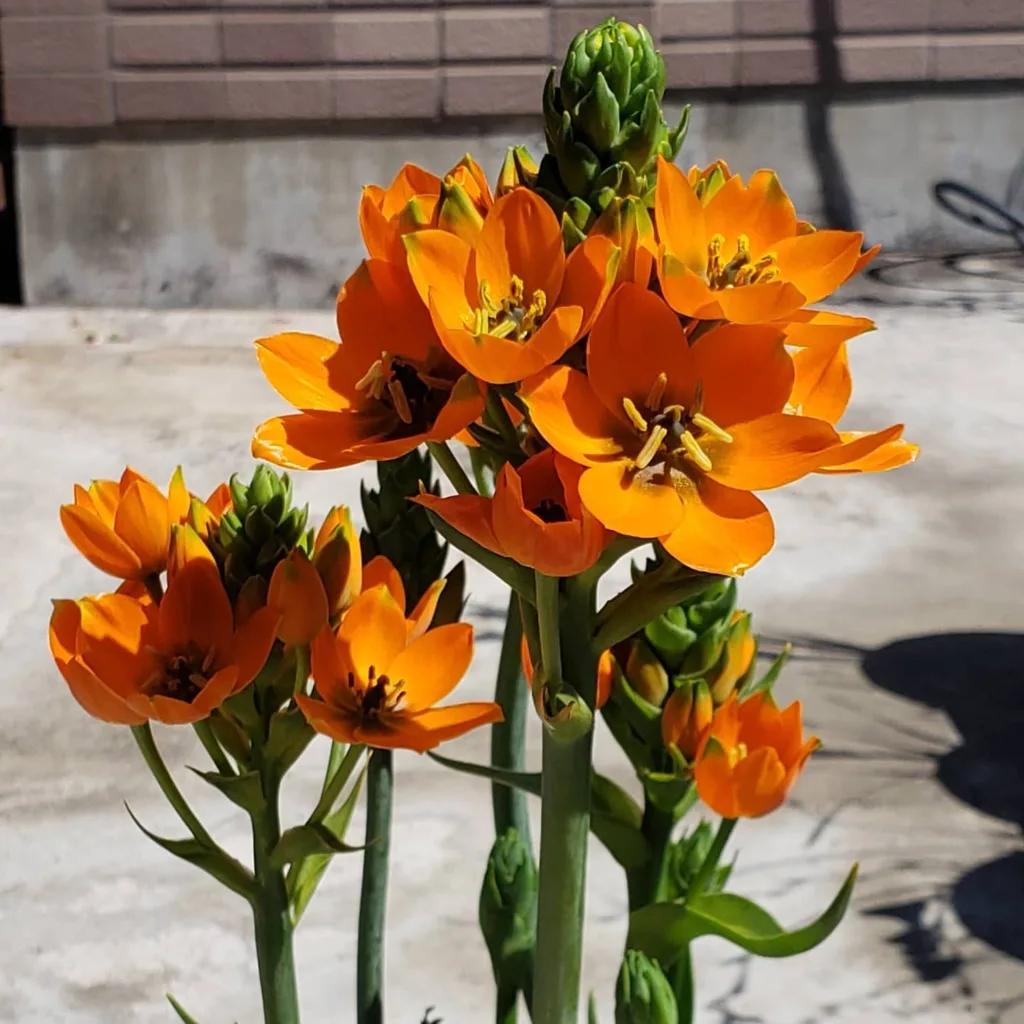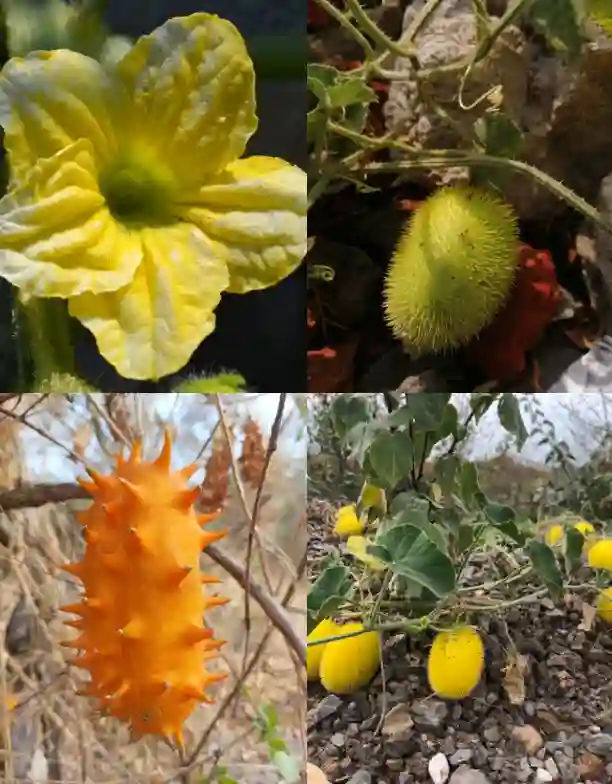A Journey into the World of Polemoniaceae
I, Ferb Vu, have always been drawn to the beauty and diversity of the plant kingdom. Recently, my curiosity led me to delve deeper into the fascinating world of the Polemoniaceae family. What I discovered was a treasure trove of vibrant flowers, unique adaptations, and ecological significance. Allow me to share my findings with you.
What is Polemoniaceae?
Polemoniaceae, commonly known as the phlox family, is a family of flowering plants comprising about 27 genera and nearly 400 species. These plants are predominantly native to the Americas, particularly in the western regions of North America. They exhibit a wide array of growth habits, ranging from annual and perennial herbs to shrubs and even small trees.
Diversity within the Family
The Polemoniaceae family showcases a remarkable diversity of floral forms and colors.
- Phlox: This genus boasts an array of showy flowers in a spectrum of colors, including pink, purple, white, and red. Phlox species are popular garden ornamentals due to their long blooming period and attractive fragrance. – 70 Species in Genus Phlox
- Gilia: Gilia species display delicate, trumpet-shaped flowers in various hues, often with contrasting markings. These plants are particularly abundant in arid and semi-arid regions. – 39 Species in Genus Gilia
- Polemonium: Commonly known as Jacob’s ladder or sky pilot, Polemonium species are characterized by their pinnately compound leaves and clusters of bell-shaped flowers in shades of blue, purple, or white. – 40 Species in Genus Polemonium
- Ipomopsis: This genus features tall, slender plants with tubular flowers in vibrant colors, often attracting hummingbirds and butterflies.
- Collomia: Collomia species are known for their unique seed dispersal mechanism. Their seeds become sticky when wet, adhering to animals and aiding in their distribution.
- Acanthogilia: A genus of spiny shrubs native to Mexico and the southwestern United States, known for their tubular, brightly colored flowers.
- Aliciella: A genus of flowering plants in the phlox family, native to western North America, characterized by their small, bell-shaped flowers and often sticky foliage.
- Allophyllum: A genus of flowering plants in the phlox family, native to western North America, recognized for their clustered, funnel-shaped flowers and often sticky foliage.
- Bonplandia: A genus of climbing vines in the phlox family, native to Central and South America, with showy, bell-shaped flowers.
- Bryantiella: A monotypic genus in the phlox family, endemic to California, with a single species known for its small, white flowers and glandular hairs.
- Cantua: A genus of shrubs or small trees in the phlox family, native to South America, with showy, tubular flowers in various colors.
- Cobaea: A genus of climbing vines in the phlox family, native to Mexico and Central America, with large, bell-shaped flowers and tendrils for climbing.
- Dayia: A monotypic genus in the phlox family, endemic to California, with a single species known for its small, white or pinkish flowers and prickly foliage.
- Eriastrum: A genus of flowering plants in the phlox family, native to western North America, characterized by their densely clustered, funnel-shaped flowers and often hairy stems.
- Giliastrum: A genus of flowering plants in the phlox family, native to the southwestern United States and Mexico, with tubular, brightly colored flowers and often sticky foliage.
- Gymnosteris: A genus of small, annual herbs in the phlox family, native to western North America, with delicate, white or pink flowers.
- Langloisia: A genus of annual herbs in the phlox family, native to the southwestern United States and Mexico, known for their colorful, funnel-shaped flowers and often spiny bracts.
- Lathrocasis: A monotypic genus in the phlox family, endemic to California, with a single species known for its small, white flowers and unique fruit morphology.
- Leptosiphon: A genus of annual herbs in the phlox family, native to western North America, with slender stems and small, colorful flowers.
- Linanthus: A genus of annual herbs in the phlox family, native to western North America, known for their showy, colorful flowers and often finely divided leaves.
- Loeselia: A genus of shrubs or subshrubs in the phlox family, native to Mexico and Central America, with tubular, red or purple flowers.
- Loeseliastrum: A genus of flowering plants in the phlox family, native to western North America, characterized by their clustered, funnel-shaped flowers and often sticky foliage.
- Maculigilia: A monotypic genus in the phlox family, endemic to California, with a single species known for its small, white flowers and spotted leaves.
- Microgilia: A genus of small, annual herbs in the phlox family, native to western North America, with delicate, white or pink flowers.
- Microsteris: A genus of small, annual herbs in the phlox family, native to western North America, with tiny, white or pink flowers.
- Navarretia: A genus of annual herbs in the phlox family, native to western North America, known for their spiny bracts and small, colorful flowers.
- Saltugilia: A genus of flowering plants in the phlox family, native to western North America, characterized by their clustered, funnel-shaped flowers and often sticky foliage.
Ecological Significance
Polemoniaceae plants play a vital role in their respective ecosystems. Their nectar-rich flowers provide a valuable food source for pollinators such as bees, butterflies, and hummingbirds. Additionally, some species serve as larval host plants for certain butterfly species. Furthermore, the dense root systems of some Polemoniaceae plants help stabilize soil and prevent erosion.
Adaptations to Diverse Habitats
Polemoniaceae plants have evolved various adaptations to thrive in a range of habitats, from alpine meadows to desert scrublands. Some species have developed drought tolerance mechanisms, such as succulent leaves or deep taproots. Others have adapted to fire-prone environments by producing seeds that require heat or smoke to germinate.
Conclusion
My exploration of the Polemoniaceae family has left me with a profound appreciation for its beauty, diversity, and ecological importance. From the vibrant phlox to the delicate gilia, each genus within this family offers a unique glimpse into the wonders of the natural world. As I continue my journey through the plant kingdom, I am certain that the Polemoniaceae family will remain a source of fascination and inspiration.
If i die, water my plants!



